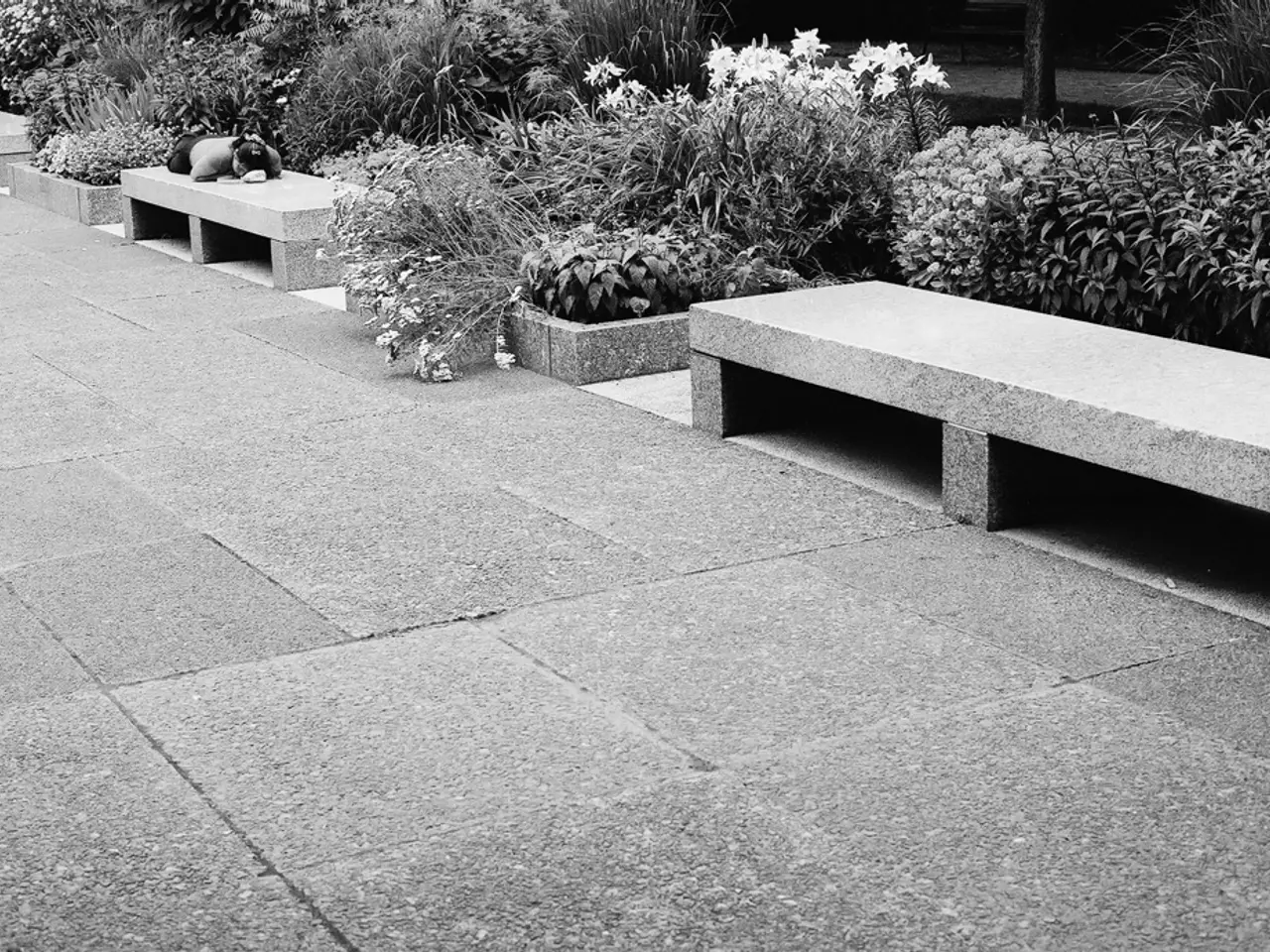Comparing Growing Methods in Gardening: Raised Beds vs Containers
In the world of gardening, two popular methods stand out: raised garden beds and container gardens. Each has its unique advantages and disadvantages, making them suitable for different gardening scenarios.
Raised garden beds are elevated planting areas with open bottoms, allowing roots to grow deep into the native soil below. This design offers better drainage and soil warming, making them ideal for sunny garden patches with poorer soil. On the other hand, container gardens grow plants in pots or other confined vessels, suitable for limited or mobile spaces like patios, balconies, or indoors.
Key differences between these two methods include root space and depth. Raised beds provide plants with room to send roots deeper and wider into the soil, supporting more robust growth. Containers, however, restrict roots to the pot size, which can stunt growth if too small.
Mobility is another factor to consider. Containers can be moved to optimize light or shelter, while raised beds are typically fixed, though some DIY versions have wheels.
Drainage and temperature also differ. Raised beds drain better and can retain warmth longer, extending growing seasons. Containers often dry out faster and can have more temperature fluctuations.
When it comes to plant types and scale, raised beds are good for a wide variety of vegetables, especially annuals, but large, sprawling or very tall plants may be unsuitable due to space and height constraints. Containers work well for smaller or individual plants such as herbs, leafy greens, and flowers.
In terms of suitability, raised beds are ideal for ground-level garden spaces with poor soil, ample sun, and enough room to create larger growing areas, supporting diverse crops needing root depth and warmth. Container gardens, on the other hand, excel in small, movable, or decorative settings with space constraints, such as urban balconies, patios, or indoors.
It's important to note that a 2x4 feet tall raised bed with fine mesh underneath is still a raised bed, not a container garden. A raised window-protected garden bed in a driveway, lined with weed control fabric, is considered a container garden due to being on concrete. A raised garden bed can be any size and shape, but it's good if both sides can be reached without stepping on the soil.
If you're unsure if a garden bed is a container or a raised bed, digging up some soil to check if it's open or examining the soil for earthworms can help determine its nature.
Whether you're starting a garden from scratch or looking to expand your existing green space, both raised garden beds and container gardens offer exciting possibilities. Choose the one that best suits your needs, space, and the plants you wish to grow.
For more gardening tips and updates, don't forget to subscribe to our website and follow us on Instagram, Facebook, or Pinterest. Happy gardening!
- In cold climates, raised garden beds can be filled with compost and soil, providing a favorable environment for plants to thrive even when the soil outside is too frozen.
- Adding a greenhouse around a raised garden bed can extend the growing season further, allowing for planting during early spring and late autumn.
- No-till gardening practices can be effectively implemented in raised garden beds, as they support a healthy soil ecosystem and minimize soil disturbance.
- For those with limited space at home or seeking a more portable option, no-till container gardens can be set up using raised beds or planters, making urban gardening possible in even the smallest of spaces.
- Adopting a home-and-garden lifestyle includes engaging in various gardening practices, such as planting and maintaining raised garden beds and container gardens, as well as learning about soil composition, greenhouse management, and composting.




